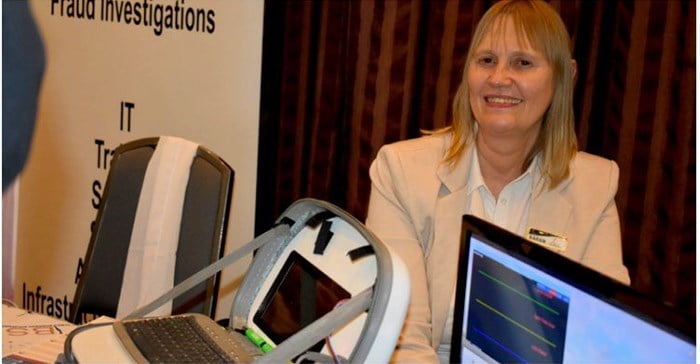Footprint Africa Business Solutions (FABS) moves from IoT development into healthcare by creating Doc-in-a-box and brings a plethora of medical tools and technologies for those living and working in rural areas.
There is a way to catch the challenges on the African continent in a web of innovation and ingenuity. It doesn’t involve extensive expense or investment in fresh and shiny technology either. Often, the best solution is one that takes what’s already in play and uses it in a different way. This is precisely what Footprint Africa Business Solutions (FABS) has done with their Doc-in-a-Box.
IoT solutions that change the lives of people
“We moved our IoT development into healthcare as we work across 54 different African countries and started to recognise the challenges that are faced by the industry,” says Karien Bornheim, founder and CEO, FABS. “We saw the value of an IoT solution that could change the lives of people on the continent by providing both the patient with accessible medical care and bring the practitioner closer to them.”

Karien Bornheim, founder and CEO, Footprint Africa Business Solutions
Those who live and work in rural areas don’t have the funds to travel to the doctor – an exercise that can take up to a week in travel time, waiting times and tests. There are no quick visits for a check-up. No immediacy in dealing with medical emergencies. And little to no close care for long-term or chronic conditions. As a result, many people don’t take the time to visit the doctor and many conditions become worse, some fatally so.
“People can’t afford the loss of income that comes with travel to a clinic, nor can they afford the time,” adds Bornheim. “They are dying from preventable diseases. To address this need we created Doc-in-a-Box, a solution that sits in the village, is managed by the village elder and provides everyone with instant medical care. Anyone can use it, regardless of their levels of medical knowledge, as the system sends the results in real-time to a designated doctor.”
What is Doc-in-a-Box?
Doc-in-a-Box consists of a plethora of medical tools and technologies that are easily found in any hospital or medical clinic today. From the blood testing device to the blood pressure monitor to the portable X-ray unit, it can do a basic medical check on anyone in the village. It is easy to use too.
The individual enters their details, does the variety of tests included in the box, the results are sent in real time to their medical practitioner, and they go on with their lives. If there is an emergency or any cause for concern, the patient is then referred to the next step. A step that they can take knowing it is necessary for their wellbeing.
“We wanted to build something that gave every human being in Africa the same access to medical care that the people in big cities have,” says Bornheim. “It is a lofty idea and we still have plenty of challenges ahead, but it has taken off in a phenomenal way. We have had exceptional responses from ministers of health and NGOs in parts of the continent – they can see the value of this solution.”
Amalgamating IoT and medical care
FABS has invested in IoT for many years and Doc-in-a-Box is the culmination of years of work, insight, and research. It takes medical care out of its silos and inserts it into a single, one-stop solution that provides the right people with the information they need at the right time. Until now, nobody has taken the information provided by digital devices such as glucose tests and blood tests and put them into an electronic format that can be submitted and analysed via sensors.
“From the data in electronic format to moving the data around and transmitting it, there is now the computing power and connectivity to make this solution a reality,” adds Bornheim. “We are making the distance between doctor and patient irrelevant. Not only can this solution serve the needs of the rural population, but it can also detect trends and has the potential to alert authorities to a potential outbreak before it spreads.”
The Doc-in-a-Box solution turns the potential of IoT into a powerful, life-saving reality that can be used in any country, populated with a variety of technology tools and managed by villages themselves. It is accessible and powerful, both for the technology it uses and the lives it saves.








































